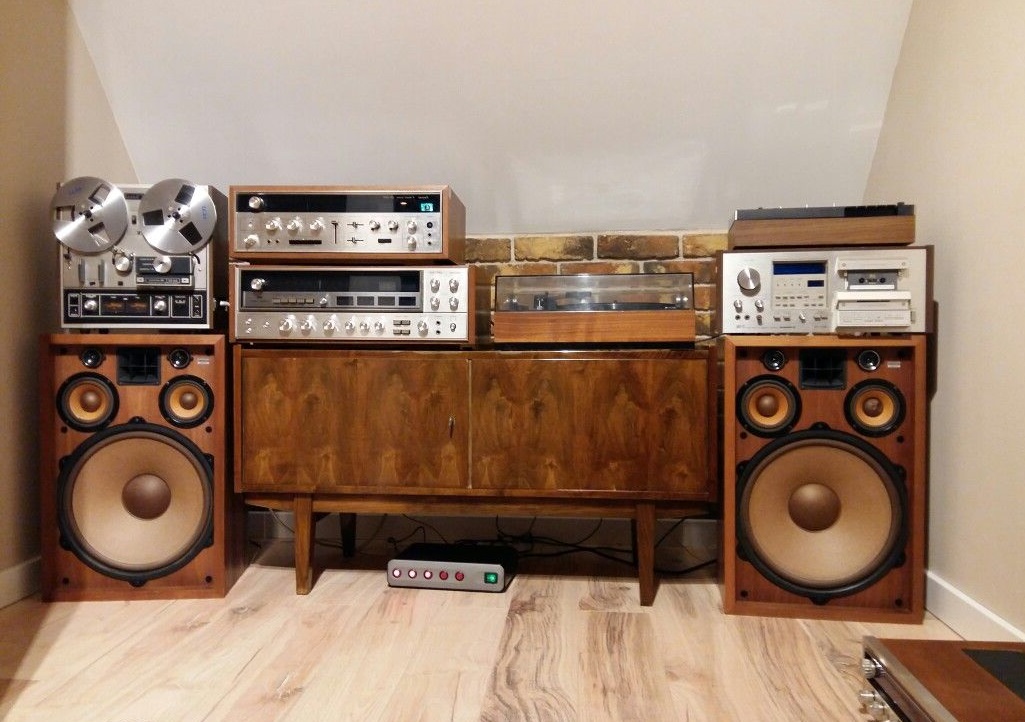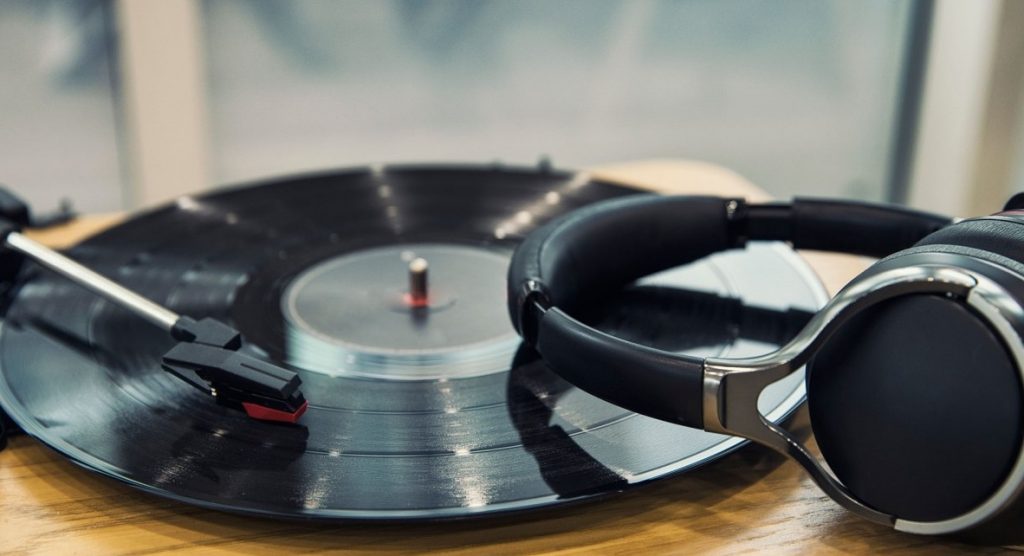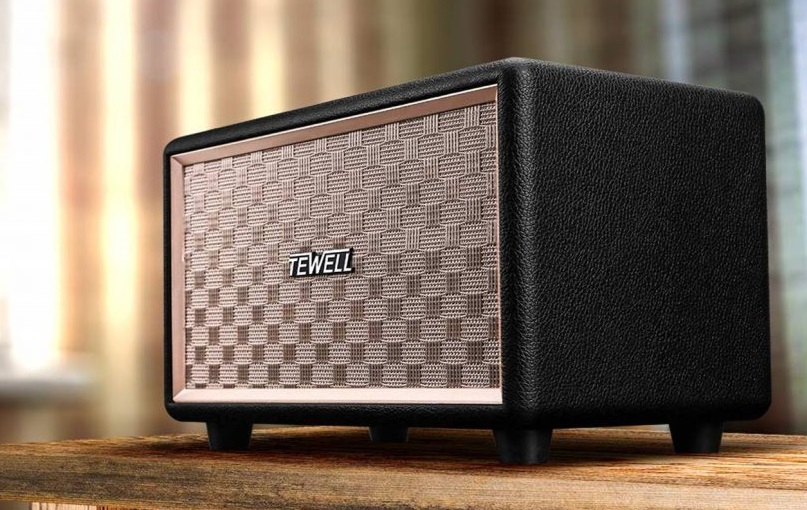
How To Store Vintage Speakers?
Everyone knows that time is merciless to everything in this world, but if the “life” of the flora and fauna of our planet is taken for granted and well studied, then there is an opinion that this does not apply to audio equipment at all. Moreover, many people think that if vintage audio equipment were made soundly and will last forever.
Vintage turntables and vinyl records
The most sensitive equipment to dirt is turntables and records.

The important thing to do when cleaning your turntable is to clean the needle. For this, carbon brushes with stiff and very short bristles are produced, there are microscopic brushes of different shapes, and there are cleaning agents. There are a few things to keep in mind here. Some heads do not allow cleaning with liquids other than those specified by the manufacturer. Another nuance: if you use a brush, you must strictly observe the direction of movement – only from top to bottom, not vice versa, and even less from the side. Otherwise, the head may be damaged.
With records, things are a little more complicated. It is clear that you need to remove fine dust before listening, sometimes clean the needle, keep the surface of the disc, or the turntable mat clean, but very often you need to do something with the record itself. During storage, it becomes dirty, over the years, the inner paper envelopes become dilapidated. For high-quality cleaning of the records, cleaning machines are used.
As for the speakers
Buying vintage speakers, you need to be prepared for the fact that they require special storage conditions. Yes, vintage audio equipment is renowned for its durability, but respecting it will only prolong their musical life.

When it comes to caring for your speakers, the first thing to know is that the speakers need to be cleaned. From time to time they need to be cleaned with a dry cloth and the speakers must be kept dry as most models use paper speaker diaphragms.
Column storage provides several points:
- place the speakers in the packaging that came with the kit;
- check that the packaging is free of foreign matter and that it fits snugly around the speakers. Their hulls are usually made of wood and varnished, which is scratched and not very deformation-resistant. It can also deteriorate from direct sunlight;
- place the package and its contents in a dry and clean place.
As for the operation, several rules will help you keep the speakers working:
- do not place the speaker in direct sunlight;
- do not block ventilation openings;
- unplug from the network if you don’t happen to music.